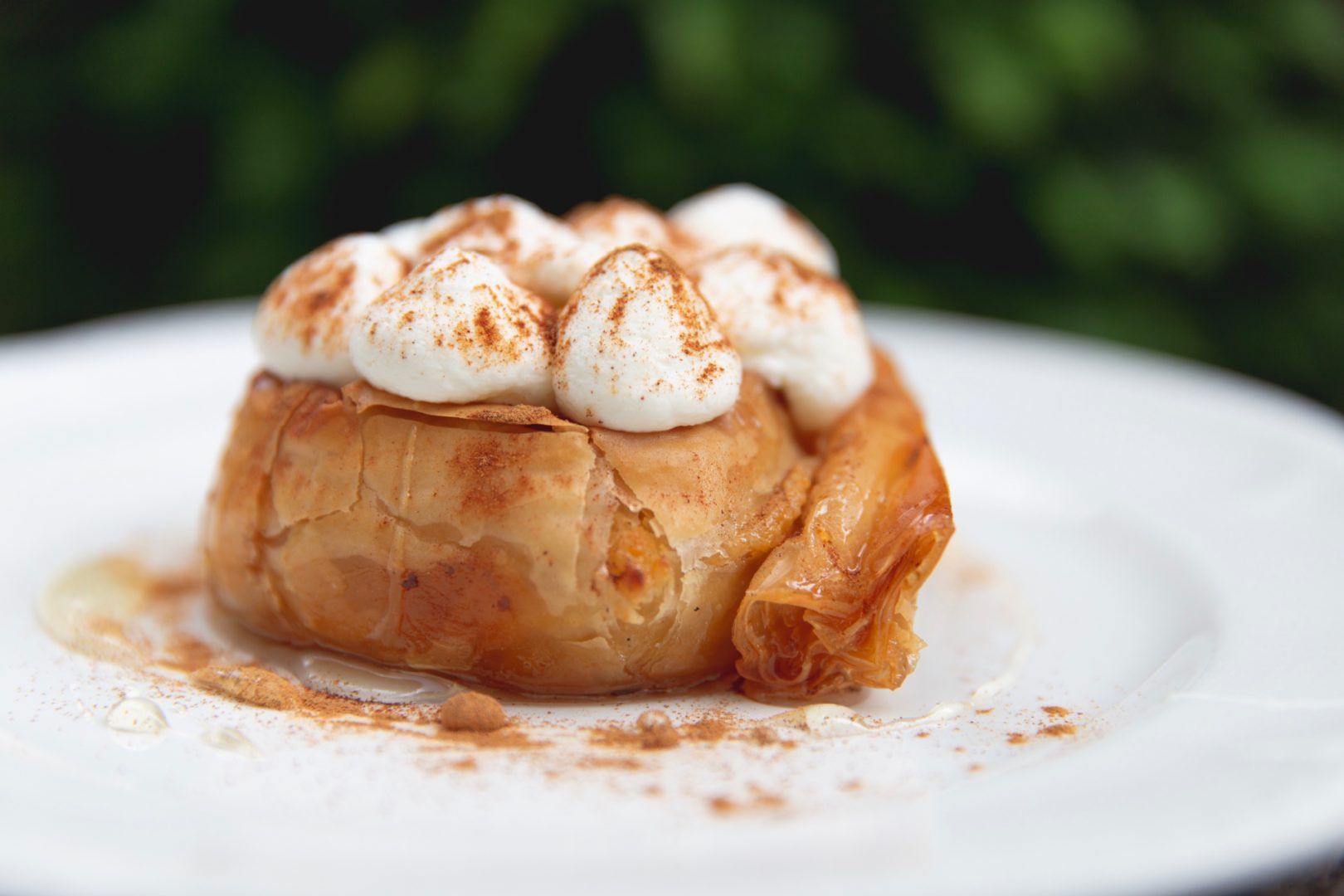What are the best Greek dishes?
What are the best Greek dishes? The ones that show up at every family table, taverna, and late-night feast – always shared, never rushed. Greek cuisine is a celebration of simple, bold ingredients: olive oil, feta, fresh herbs, and sun-soaked vegetables. It’s not just healthy – it’s full of flavor, history, and heart.
Greece also happens to be one of the top consumers of olive oil per capita (you’ll taste why), and the Mediterranean diet, rooted in Greek traditions, is so good it’s been recognized by UNESCO.
On my recent trip, what stood out most wasn’t just the food, but the way it’s shared. Meals aren’t just eaten – they’re experienced. Here are 20 dishes that truly capture what Greek food is all about.
1. Moussaka
You can’t talk about Greek food without mentioning moussaka. This baked classic is comfort food at its finest – layered with fried eggplant, spiced minced meat (usually lamb or beef), and thin slices of potato. Then comes the star: a thick, creamy béchamel sauce baked until golden and bubbling.
Moussaka is rich, filling, and full of flavor. You’ll find it across Greece, from rustic tavernas to city bistros. And if you’re veggie, no worries – many places serve meat-free versions with zucchini, mushrooms, or lentils. No matter how it’s made, moussaka is a dish you shouldn’t leave Greece without trying.



























